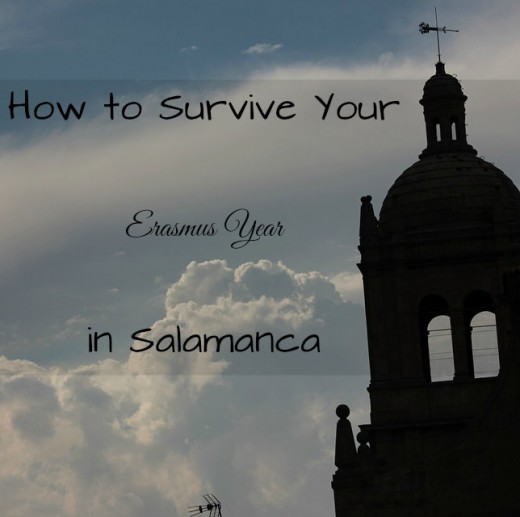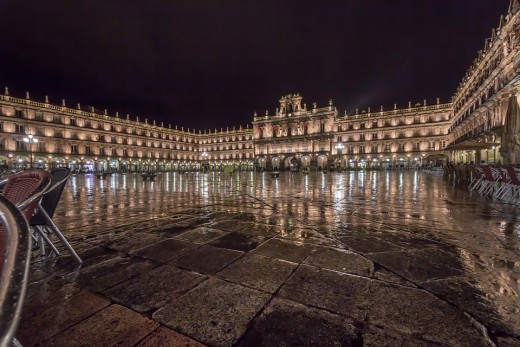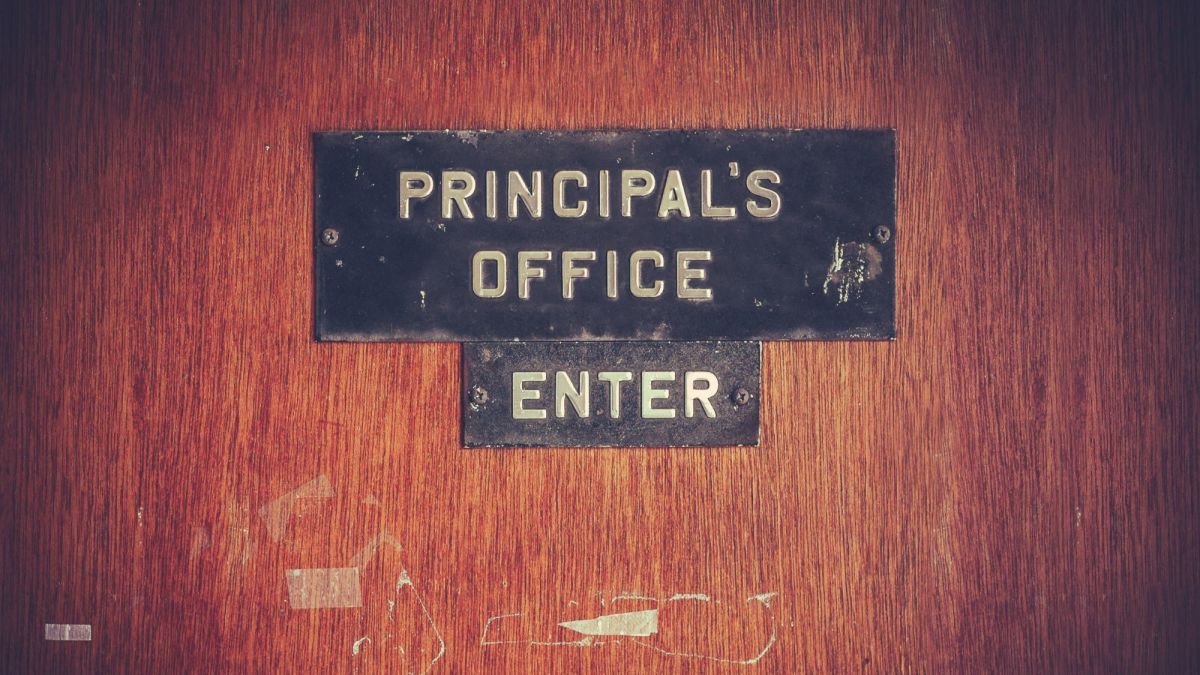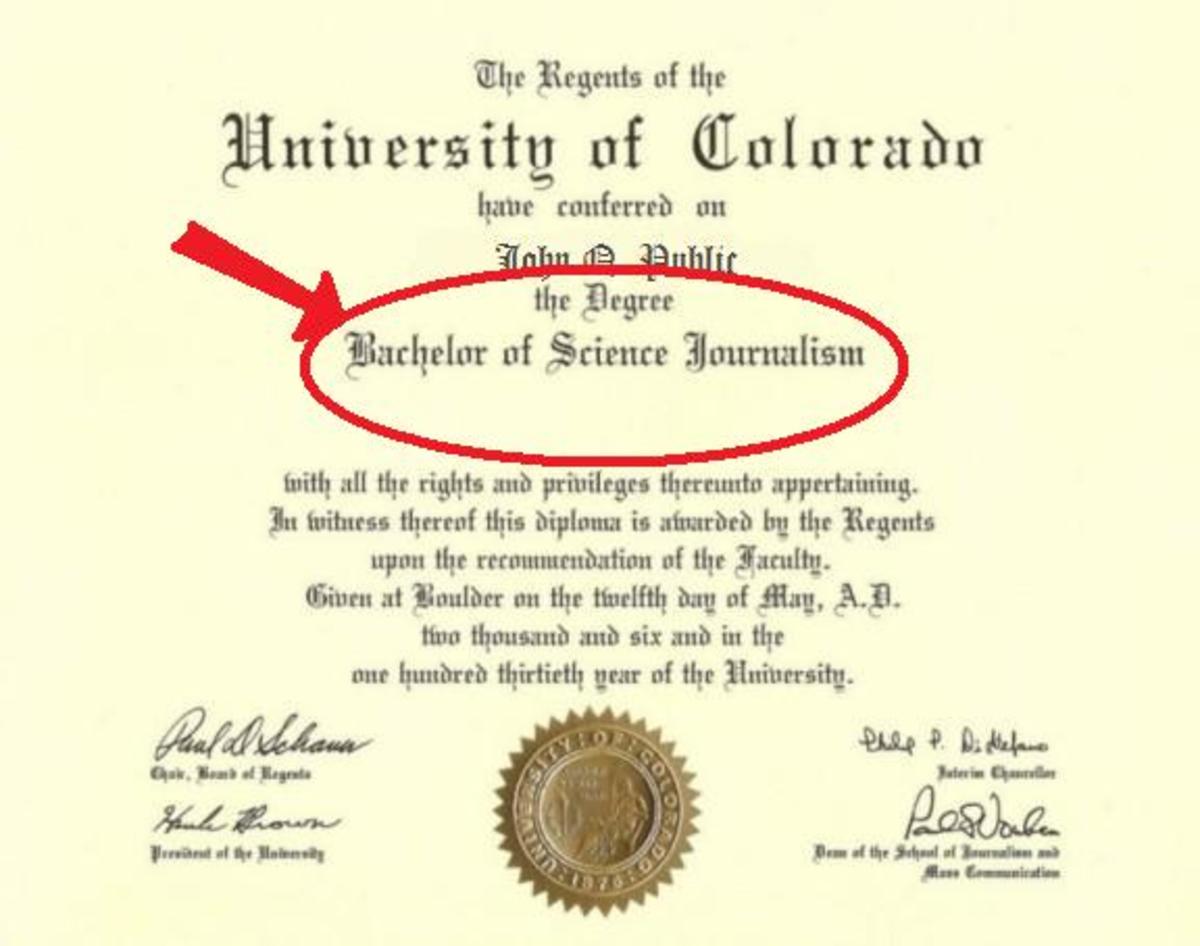How to Survive Your Erasmus Year in Salamanca.

La Universidad de Salamanca is the third oldest university in Europe situated at the heart of a city that was declared a UNESCO World Heritage Site – reason enough to choose it as your Erasmus destination. Salamanca is a small city with the most important monuments packed conveniently within a walking distance from its centre. During the academic year it is full of students from all over the world – which means the party almost never stops. The ultimte paradise for all party animals (and the alcohol is ridiculously cheap, too).
But the Erasmus experience is not all fun and partying. Especially the beginning can be difficult: trying to find your feet in a new place whilst at the same time figuring out when and where you need to go to get the necessary signatures for your Erasmus documents. This hub will make the process of transition easier by detailing the enrolment process from an insider’s perspective (specifically for the philology department), and giving some advice concerning the language and social life.
Useful Spanish Expressions
matricularse – to enroll at university
¿Dónde/Cuándo/Cómo puedo matricularme? – Where/When/How can I enroll at university?
Reservar una cita – to book an appointment
Quiero reservar una cita – I want to book an appointment
acuerdo de estudios – learning agreement
¿Quién debe firmar mi acuerdo de estudios? – Who should sign my learning agreement?
certificado de llegada - arrival form
¿Quién es mi coordinator? – Who is my coordinator?
Language
All written information about the inscription process in emails and on handouts was given both in Spanish and English. Despite the fact that the translations sometimes contained hilarious mistakes, my favorite one being “fulfill the following form”, in general they were clear. You should know at least basic Spanish in order to communicate in the secretaría and to understand what’s being said at meetings. The recommended level for Erasmus students is B1. Don’t worry if you don’t understand everything – you’ll get a handout with clear instructions in English.
I was lucky to have been assigned to an area coordinator that was head of the English department, so naturally he’s command of English was flawless (area coordinators are tutors put in charge of signing your learning agreement and university enrolment form). However, this may not be the case with your area coordinator.
To sum up, my bet is you could deal with the paperwork using only English, but your life will be so much easier if you know at least some Spanish.
Before You Arrive
Before your arrive you need to send by email the following documents:
- your recent photo
- a copy of your European Health Insurance Card
- a copy of your passport/ID
- the insurance policy they ask you to buy (less than €20)
It is very important to take your EHIC, as it gives you free access to Spanish health services.
You don’t have to buy this specific insurance policy if you’re getting one from your home university. You have to prove, nevertheless, that you do have adequate insurance coverage that meets the university’s minimal requirements.

Getting Through the Paperwork
Now to the toughest part. The paperwork you need to take care of once you’ve arrived.
I had to figure out many of the things I share here on my own running from office to office. There is a digital brochure on the university website that purports to explain everything Erasmus students need to know before arrival. However, some pieces of information are rather confusing. For instance, the brochure says that international coordinators in each department are responsible for signing your learning agreement. That is not the case with the philology department where it is a responsibility of so called area coordinators. And finding out who is your area coordinator may not be that easy.
It’s important to attend all meetings for Erasmus students. There is one general welcome meeting before the year starts. You should receive information about it via email. Incidentally, I missed it and it cost me an additional headache. I had to run between the secretaría and the international relations office only to find out that I was looking for the wrong person to sign my documents.
At the general meeting you should receive a handout detailing department-specific enrolment procedures. Some departments hold meetings at which further instructions are given, some just ask students to contact their coordinators by email. The department of philology had a meeting at which we were given documents necessary for enrolment and found out who our area coordinator was.
What happens once you’ve attended all the meetings? The department of philology gives you some time to try out classes and find the ones you like. You need to put together your timetable; this can prove to be tricky. You should aim to avoid any clashes between classes, calculate the right amount of credits (in my case 30 per semester) and try to end up with some decent hours (some classes here finish as late as 9 pm). In the philology department the number of credits per subject varies between 3, 4.5, 6 and 9. You can also choose up to 5 subjects from different departments or 3 if you're staying for one semester. During the time you’re sorting out your timetable you’re not yet officially a student. This means you don’t have access to the libraries or Studium (a university platform where tutors put all the learning materials for students).
Once you’ve sorted your timetable it's time to fill in the learning agreement and the university enrolment form. You need your area coordinator’s signatures on both (arrange an appointment via email). When you’ve done that, send the appropriate documents to your home university.
Finally, you can actually enroll at uni. You'll need to book an appointment in the consejería first. Then go to the secretaría at the appointed hour your with the following documents:
- the university enrolment form
- a copy of your passport/ID
- an acceptance letter you should receive via email during the summer
The final step is to go to the international relations office to collect your student ID. Congratulations. You've officially become a student of the Universidad de Salamanca.
Social Life
While the amout of paperwork you need to do is overwhelming, in the meantime don't forget about one of the most important aspects of the Erasmus experience – social life. For those of you who aren’t particularly fond of partying, there are other options too. Erasmus Student Network offers a range of social activities for international students such as dinners and organized trips.
A one-day trip typically costs €35 and includes transport there and back, a guide and entrance to monuments. ESN organizes longer trips as well, this year for instnce to Portugal (3 days, €155) and Morocco (5 days, €280).









